What Bike Fitters Inventory, Chapter One: Aerobars
Regular Slowtwitchers have seen reviews in recent weeks of 3 bike fitters who I consider at the very top of their industry: Trent Nix, Jon Blyer, and Jim Manton. I’ve got more reviews coming!
What behaviors do fitters like these have in common? I'm investigating one behavior, which you'll read about below.
Let me tell you what really bugs me: Traveling to a Slowtwitch Road Show; working in a fit studio with $50,000 of equipment; alongside a seasoned bike fitter who’s had $5,000 of investment spent in his training; we’re producing great new bike positions; and the inventories required to retrofit that bike to match the position and ergonomics achieved on the fit bike are…. not in inventory!

So, what was the point in the investments made in the tools and training, let alone the salary, of that bike fitter?
Let me admit to you, I was being strategic in these fitter profiles. I picked the best fitters first, because I know what good fitters do. I know their habits. There are two things I want to write to you but I’m writing to your local bike fitter just as much as I’m writing to you. First, I want to write about the aerobars they carry. Second, about the saddles they carry. Aerobars first.
I asked Trent Nix of Trishop in Plano, Texas, what aerobars he stocks in his studio, for the purpose of retrofitting customers’ existing bikes post-bike-fit, and for subbing in on a new bike sale when the original equipment bars just aren’t up to snuff (or don’t fit the customer).
“I’ve got a pretty extensive lineup of Profile Design options: alloy, carbon, separates, and integrated,” he answered. “I don’t stock much of the more expensive stuff – Aeria Ultimate, etc. – that would require a special order. I also carry some Zipp options – primarily EVO extensions and road bars: Profile Design SVET base bars, Aeria integrated options, and Zipp EVO 70 alloy extensions are my go-to options. Many of my stock Felt IA bikes don’t have long enough extensions, so the EVO 70 is perfect. At $60 for a pair, it’s cheap too.”
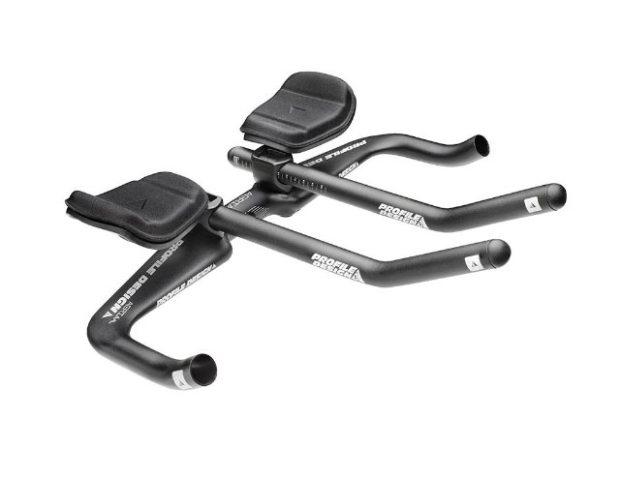
So, there you go. I asked Jon Blyer of ACME Bicycle Co., who fits out of Brooklyn, NY. “We keep in stock what works for most people and keep our inventory levels low so I guess this will be a one-part response. For tri bikes, we also the T series, but also the carbon version.”
In the image highest up, that’s a subject getting fitted at ACME, aboard a GURU fit bike and using a late model aerobar from Profile Design. I didn’t ask for this image. This is just among the photos they sent me for our review of his business.
“We keep a variety of sizes of the arm pad risers in stock. Our favorite bar for the money is the Aeria alloy, it’s hard to beat for $350.” This bar is pictured just above. “We don’t keep the Aeria Ultimate in stock but that’s our go-to for a nicer bar. Since we are so small, we wind up scheduling most of our mechanical work in advance so it’s easy enough for us to just order it when we need it. If we were to stock a nicer bar, this would be it. We don’t keep any ‘low stack’ bars in stock usually. Most people who need retrofitted bars need to go higher in the first place.”
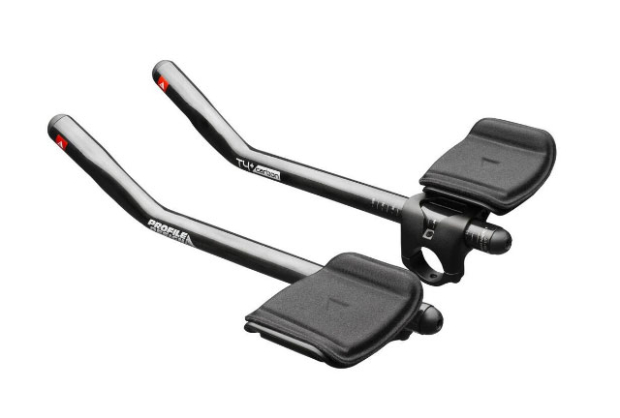
Profile Design’s Nomenclature
Let’s dissect these answers so far. By “T” series, Jon is talking about Profile Design’s T1, T2, T3, and T4. These are clamp and armrest systems that accept an aluminum extension, and the numbers, 1 thru 4, tell you the extension shape (e.g., ski bend, S-bend). By the “carbon version” what Jon refers to are the carbon extensions that go into these clamp-armrest bracket systems, which have the same shape as the aluminum extensions. These have been referred to as T4+carbon (which is pictured just above).
This system has been, for several years, my favorite bread-and-butter aerobar system: widely adjustable (in height, width and fore/aft), quick to adjust, solid, ergonomic, comfortable, geometrically sound. Nevertheless Profile Design has not rested on its laurels and, after several years of the T series, changed its nomenclature and its product.
The FLYT system is the now that Jon Blyer has in his inventories, just, Jon is slow to adopt the new nomenclature because PD's proven to be a big ship to turn. The T series is phasing out, and into the 3 aerobars that make up the FLYT system: The Supersonic, the Sonic, and the Subsonic. If you go on PD's website, you'll see a mix of the old and the new.
When Jon says he doesn’t carry the "low-profile bars", what he means are bars like the Subsonic: PD’s aerobars that have the armrest lower, sitting closer to the pursuit bar (not so high above it). Me? I’d have at least one of these in my fit studio, because when you need it you need it. But I see Jon’s point.
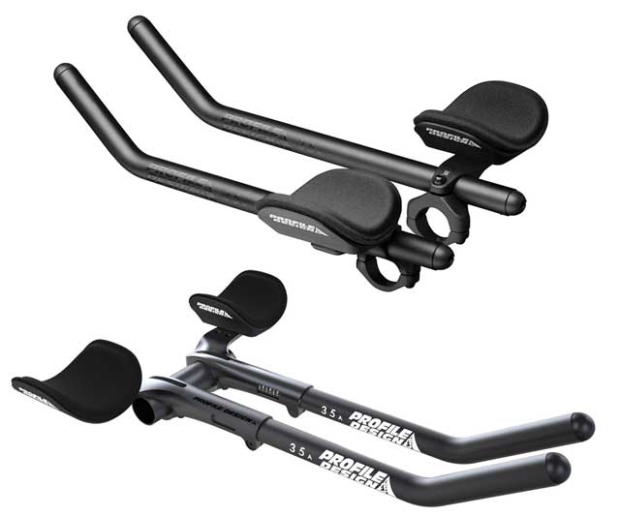
This – the Subsonic – is, by the way, the aerobar spec’d on the Canyon CF 8.0, it’s tri bike staring in the mid-$2000s, though it has a an armrest that comes spec’d on the Supersonic. I’ll write about that bike in due time. It’s pictured above, next to the Sonic, which is PD’s price point bar and which you’ll see spec’d on a lot of tri bikes as original equipment. That armrest Canyon is spec’ing on the Subsonic? The Ergo armrest pictured below.
Jim Manton of ERO in the South Bay area of Los Angeles answered my question this way: “I may not be your best example because I take full advantage of Profile's headquarters being 10 minutes away. I usually have one Sonic Ergo and one Subsonic on hand. Anything else I might need is a phone call away as long as it's in stock. This keeps overhead low. I also keep a set of Zipp Vuka Clip's in stock, too. Profile, though, has really become my go-to; they're new stuff is just so good, adjustable, comfortable, and my client's like them.
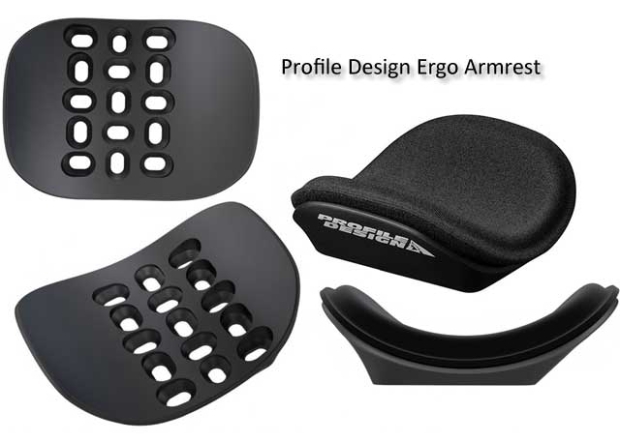
“Then you have the Aeria Ultimate, which is great but not always available. Of course, I recommend the Alpha One, and Nick must be doing really well with that bar because I've seen quite a few. I'll keep a few different extensions in stock: Profile T4, Zipp Evo 70 & 110, TriRig Gamma.”
Alrighty. That’s enough to see the trends here, don’t you think? In first place, so far, as of now, are the Profile Designs and, in all cases, it’s the newer style brackets (the J5). Note how Jim did use the new PD nomenclature for the new bars (Subsonic, Supersonic), tho he drifted back into the T-series nomenclature for extension shapes. But, it’s all Profile Design! I think all 3 of these gentlemen used the term “go-to” when discussing the first aerobars they take off their shelves.
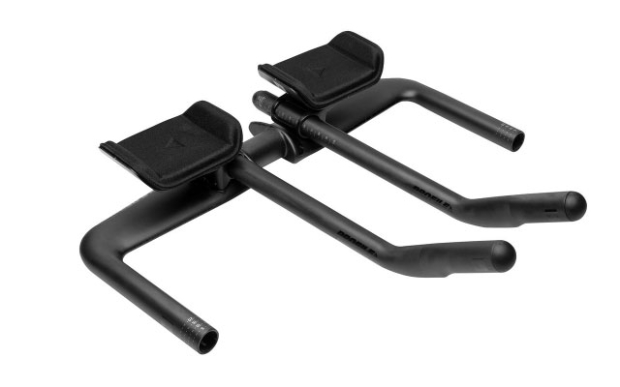
The second takeaway: they may or may not stock the Aeria Ultimate, but that is their choice for the superbar, the wunderbar, the bar that turns a mortal tri bike into a superbike. I polled you all last week, and I asked you: If you had $15,000 and you had to spend it on a tri bike would you spend it on a superbike? Or a mortal bike with superbars? Or a mortal bike with mortal bars? In each case, whatever you saved you’d need to spend on something else tri bike related.
Here’s how you answered: 46 percent superbike; 30 percent mortal/super; 24 percent mortal/mortal. So, 3 in 10 of you like the idea of making your mortal bike super via a bar like the Aeria Ultimate (pictured above). I’ll be reviewing the Visiontech Metron TFA and the TriRig Alpha this week and next.
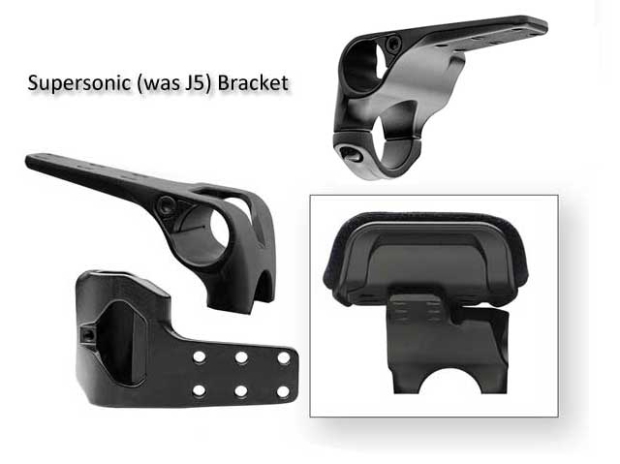
Third takeaway: Zipp stands in second position, and is a robust enough player that these fit studios have Zipp bars and extensions in stock. Some of these fitters tell me Zipp’s extensions are their favorites, of all the bar makers.
The point for you, and for your bike fitter – and for you if you’re a bike fitter – is a bike fit studio inventoried for success? I think you can see that all these studios are cost-conscious in their inventories. But they still do have their “go-to” aerobars in stock, with PD’s J5 brackets and Ergo armrests (the J5 is just above). I did not ask, but I promise you that these are the aerobars these fitters have mounted on their fit bikes, because of the range and quickness of adjustability and comfort.
One problem our industry has, at retail, is its inability to manage its inventory. I can’t tell you how many times I’ve gone to a Road Show after having the shop tell me, “Yes, we’re fully stocked in Profile Design!” only to arrive finding years-old bars with older F19 armrests and J2 brackets. This isn’t to say there aren’t other worthy aerobars. Jon Blyer mentioned his interest in the Speedshop 51 bar. I’ll talk more about Visiontech. But… today? No fresh Profile Design inventory, I don’t waste my time traveling to work with your fitter at your store.
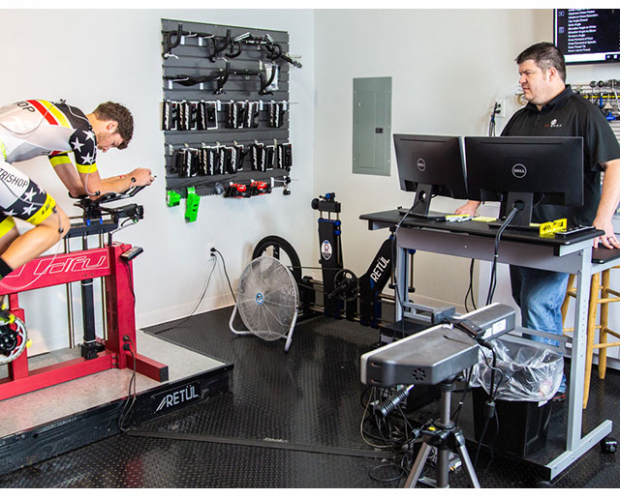
Now, all this can be a little bit of a challenge for your bike fitter or your LBS since PD is in this transition mode. But, in general, I want fitters to have the J5 bracket (or the older J4 in a pinch); and the Ergo armrest (or the old F35 and F40tt in a pinch); transitioning eventually to Sonic, Supersonic and Subsonic (and I'd have 1 or 2 Subsonics in my studio now). We happen to be cleaning up our Bike Fitter Listings right now, and as part of this cleanup I'm going to be helping fitters through all of this.
This is a glimpse of best practice habits of the best fitters and IBDs, as regards aerobars. Above is Trent Nix fitting, in a photo he sent me, and I asked him this morning, “What aerobar is on the fit bike in this photo?” “Profile Design Pro Svet base bar and T4 extensions,” was his answer. Next up are saddles. Then road bars and other inventoried products that flow from high-traffic bike fit establishments. For easy reference, here are the links to companies I wrote about above:
Profile Design
Visiontech
Speedshop 51
Zipp Speed Weaponry
Trishop Plano
ERO Sports
ACME Bicycle Company
TriRig


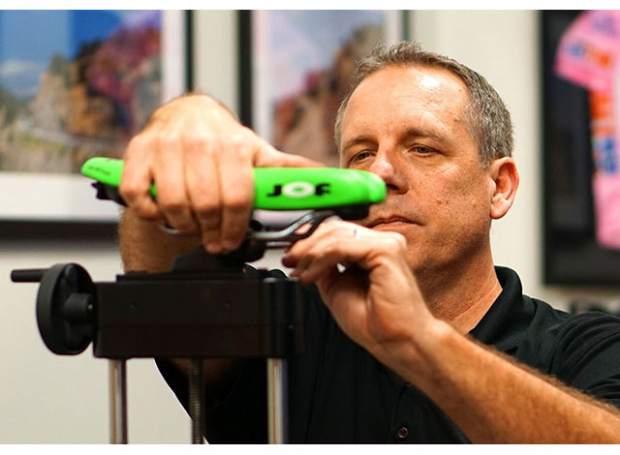
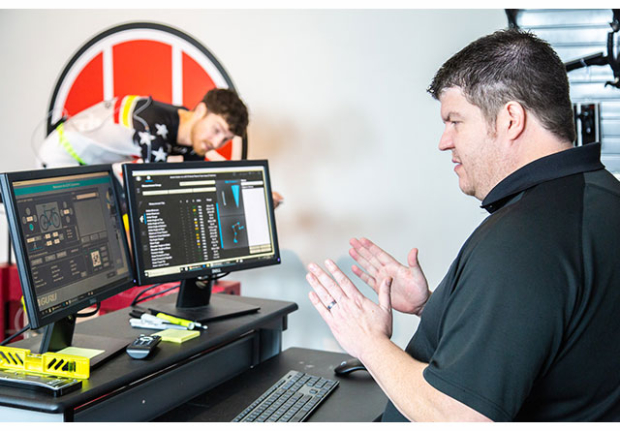
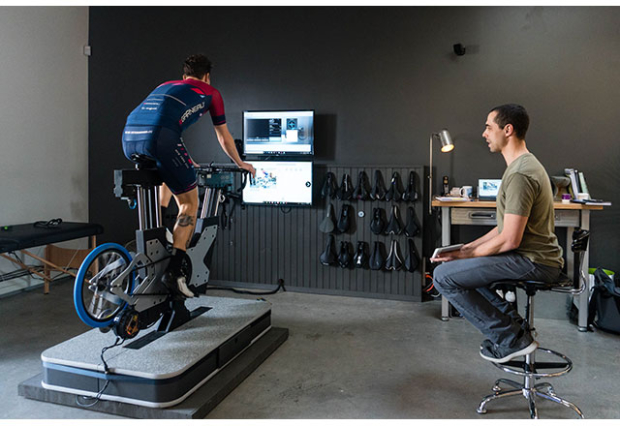
Start the discussion at slowtwitch.northend.network